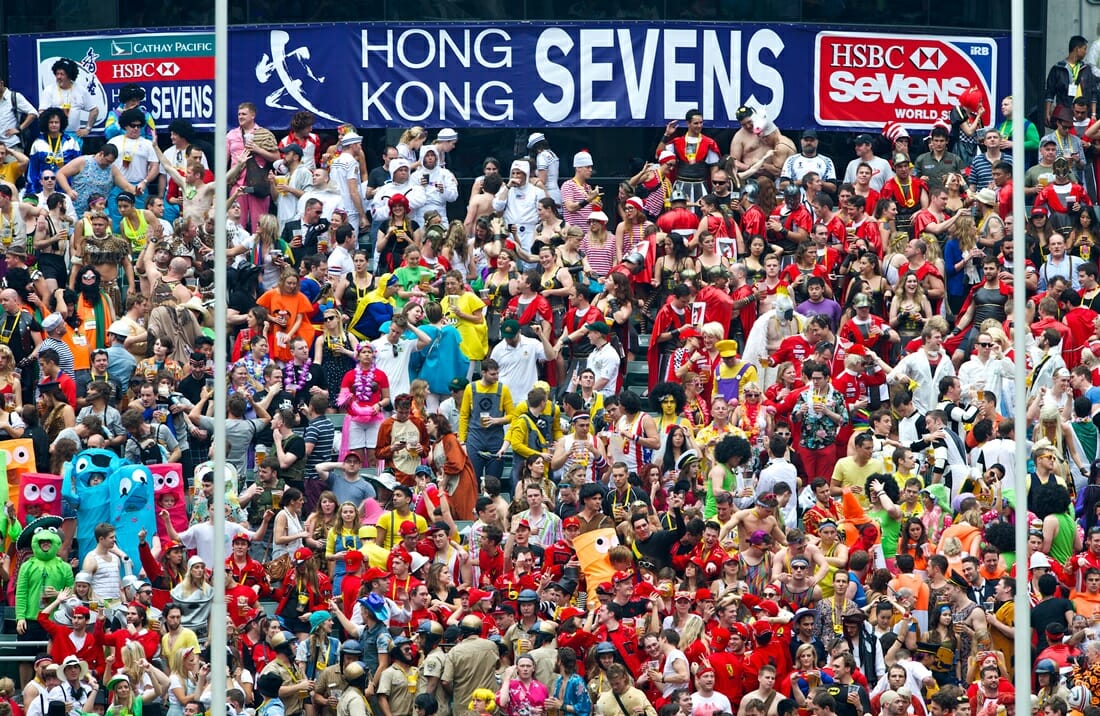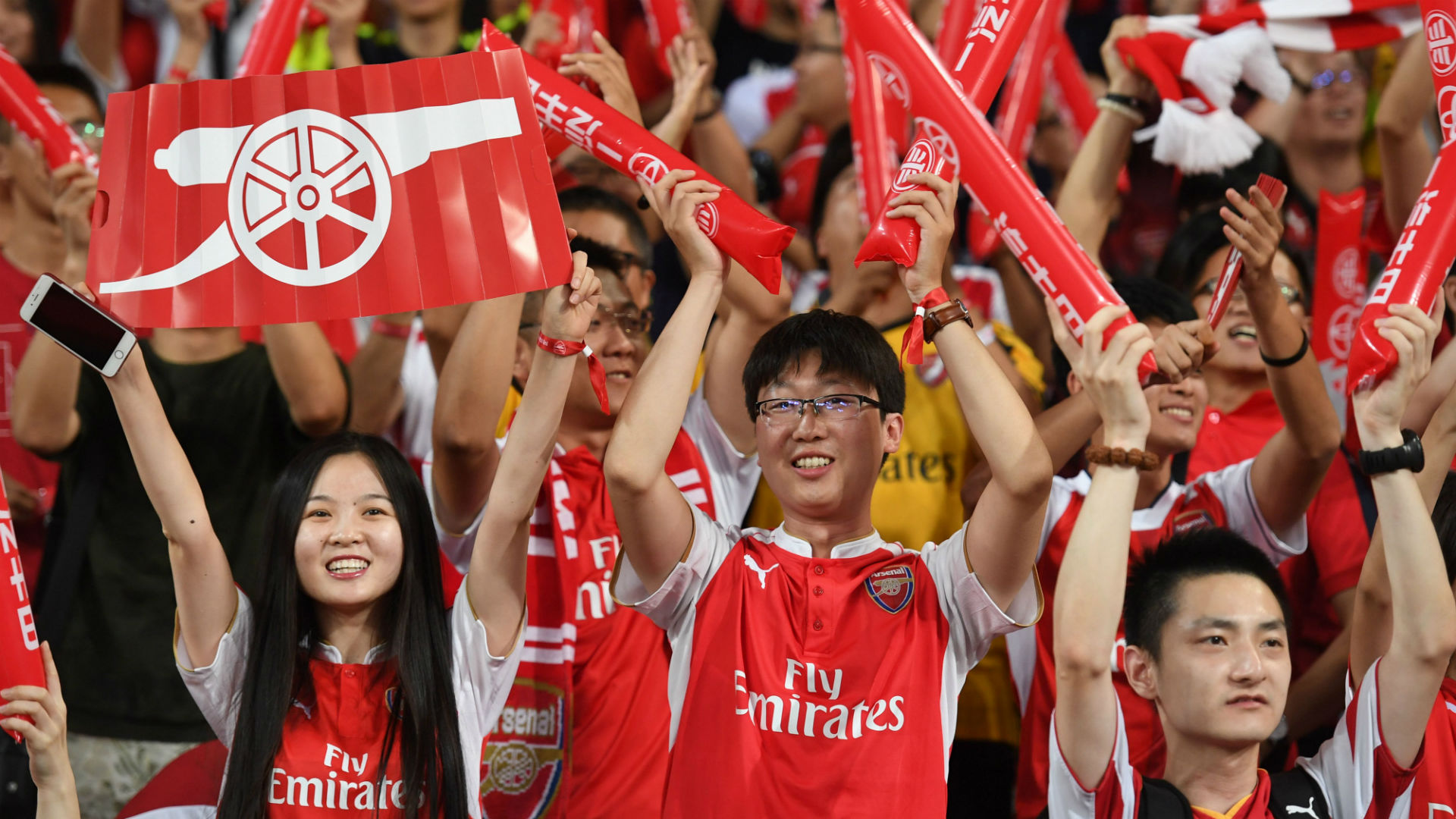
Cricket is often branded a slow long winded sport with exciting moments a rarity. Overs pass without so much as a run being scored and so a change was required. Former England batsman Mark Ramprakash has said “for years, we’ve all had to accept that the domestic four-day County Championship has been making a financial loss ”(Ramprakash, 2012).A new faster format was introduced to engage more fans as it brought with it a more exciting edge to the sport. “Without rules a sport cannot broaden” (Vamplew, 2007). The rule changes were influenced by media as it required cricket to “speed up the action” in order to entertain fans (Coackley,2017). This hasn’t only been seen in cricket, with World Rugby adopting a similar approach by introducing the sevens format which sees shorter games with more tries and exciting open play.

The new format was introduced as Twenty twenty or T20 cricket. It is similar to the original format but with innings consisting of only 20 overs each. On the 13thof June 2003 twenty twenty cricket was played for the first time in a tournament basis between the England and Wales Cricket Board counties.”T20 has been the saviour of cricket in some ways. I don’t think there’s any doubt in my mind that T20 is funding the county game”(Ramprakash, 2012). The season was considered a success and attracted a new younger audience as the sport became more exciting with boundary hits and run outs cropping up more often. This increased fan base opened a new opportunity for cricket to sell broadcasting rights as there was a new following in the sport. The sport thrived from this as following for the sport continued to increase and fans engaged more with the sport as more matches were broadcasted on television. Companies now recognise twenty twenty cricket as a popular sport and so sponsors are willing to pay large sums of money for advertising slots on television during intervals. “Popular sporting events that can attract a global audiences via broadcasting become ideal vehicles for corporate sponsors seeking to raise the global profile of their brands” (Gratton et al., 2016:68).

It also brought huge financial benefits from selling television broadcasting rights for example BT Sport, who bought the rights to the 2019 IPL, highlighting the global effect the new format is having. “Commercial sports are those organised and played to make money as entertainment events” (Coakley and Pike 2014). To announce the deal, Bt Sport confirmed they had UK rights to all matches in the 2019 IPL season on twitter. Providing quality content such as this ensures a strong social media following with Bt Sport holding a strong 630,000 followers on Twitter. “The fan is placed at the centre of a digital ecosystem which involves the athletes, the clubs, the leagues and the media” (Helleu et al., 2012). Delivering this exciting format of cricket through social media allows information to be fed directly to the fans.
Selling broadcasting rights meant the cricket boards and clubs could re-invest in the sport to help it continue to grow by reaching more fans. As the sport has become more entertaining, media companies are willing to invest in broadcasting T20 matches as they see a potential for income due to the popularity of the format. “As we have detailed over the past weeks, sport and media have a relationship attributable to it’s entertainment value” (Nicholson et al 2015). From this, cricket has grown globally by broadcasting matches live on television across the world. The IPL is worth millions in sponsorship with cricket being the country’s national sport and now has an exciting edge to it in the form of this fast flowing game. In 2018, Duff and Phelps the global valuation and corporate finance advisors valued the IPL at $6.3billion, a 19% increase from the previous year (Gupta, 2018). It hasn’t only brought success to twenty twenty cricket, but also to test cricket as it also seems to be thriving with sky sports buying the rights for the 2019 ashes. In 2013 it changed the name of its main channel from Sky Sports One to Sky Sports Ashes during the series and has since seen them dedicate a channel to the sport having announced a new Sky Sports Cricket channel. Providing the whole series on one channel means sky and the media make it easily accessible for fans to watch elite level cricket.

This isn’t the only rule change in cricket in recent times as the sport has seen an increasing amount of technology being introduced in the form of ‘Hotspot’ and ‘Hawkeye’. “Five factors that impact on rules of sport are gambling, fair play ideology, economics, technology and law” (Vamplew, 2007). These new technologies increase the capability of the umpires ability to make correct decisions but also give the fans a prolonged dramatic moment. Sky Sports were the first to introduce the hotspot concept by linking up with Australian company BBG Sport. This allowed for more stoppages in play during exciting moments proving an ideal opportunity for sponsorship through adverts. Overall twenty twenty cricket has brought a new dimension to the traditional game, drawing wider global audiences due to the media broadcasting matches worldwide. Social media has also helped spread the excitement of the new format by sharing offers and linking with television advertising campaigns.
References
Vamplew, W. (2007) Playing with the Rules: Influences on the Development of Regulation in Sport. International Journal of the History of Sport, 7, pp. 1-52.
Coakley, J. and Pike, E. (2014) Sports in Society: Issues and Controversies (2nd edn.) Berkshire: McGraw Hill Education.
Nicholson, M. (2015) Managing the Nexus. 2ndEd. Oxford: Elsevier.
Coakley, J. (2017) Sports in Society: Issues and Controversies. 12thed. New York: McGraw Hill Education.
Helleu, N. and Karoutchi, M. The internet, online social networks and the fan digital experience. In: Beech, J. & Chadwick S. (2012) The Business of Sport Management. Essex: Person.
Ramprakash, M. (2012). Has Twenty20 changed cricket?. [online] BBC Sport. Available at: https://www.bbc.co.uk/sport/cricket/19624160 [Accessed 28 Apr. 2019].
Gratton, C., Liu, D., Ramchandani, G. and Wilson, D. (2016) The Global Economics of Sport. In: Byers, T. (ed). Contemporary Issues in Sport Management – A Critical Introduction. London: Sage. pp. 68-84.
Gupta, G. (2018). Brand IPL now soars to $6.3 billion – Times of India. [online] The Times of India. Available at: https://timesofindia.indiatimes.com/sports/cricket/ipl/top-stories/brand-ipl-now-soars-to-6-3-billion/articleshow/65321837.cms [Accessed 29 Apr. 2019].










